More than a year has passed since residents of Sur in south-eastern Turkey had to leave their homes after armed clashes between the armed Kurdistan Workers’ Party (PKK) and the State resumed.
In July 2015 when a two-year ceasefire broke down, Sur – the historic central district of Diyarbakır – became the scene of the clashes in the city. Tens of thousands of people were forcibly displaced from Sur alone, while across the region the figure is likely to be around half a million.
Concerns about how they would survive under round-the-clock, indefinite curfews, worries about their children’s education, limited access to food and healthcare, water and electricity shortages, and the use of heavy weaponry were among the main reasons for the ‘exodus’.
But the fighting ended in March 2016, so why have the majority of residents not been able to return home?
I can’t even cry anymore. I have cried so much over losing my house.
S.K., lived in Sur since 1968
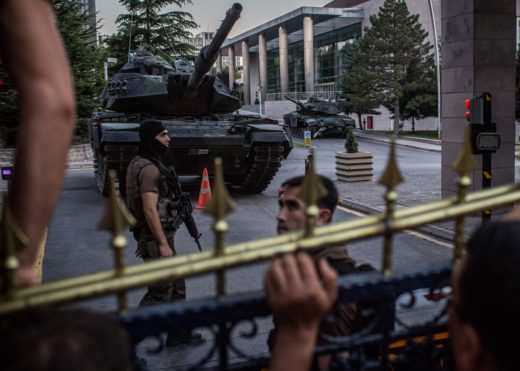
The wider political picture
In July 2016, as part of a crackdown in the wake of a violent coup attempt, the authorities began targeting opposition Kurdish voices, closing down hundreds of media outlets and other organisations and replacing elected officials with government-appointed trustees.
As a result, officials providing support for displaced families in Sur have been replaced and organisations providing humanitarian assistance have been shut down; the human rights situation has deteriorated sharply.
Many residents have not been able to access adequate alternative housing and their right to return to their homes appears to be in grave danger.

The government, having taken possession of at least 60% of the Sur district, has announced an urban regeneration project, which is being developed without the required consultation of affected residents.
While the authorities have made repeated pledges to rebuild infrastructure including housing, questions remain over whether displaced people will be able to return to their homes.
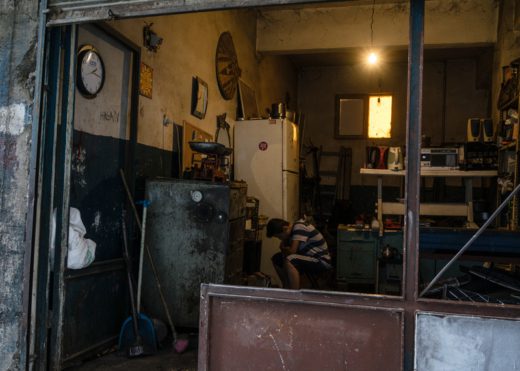
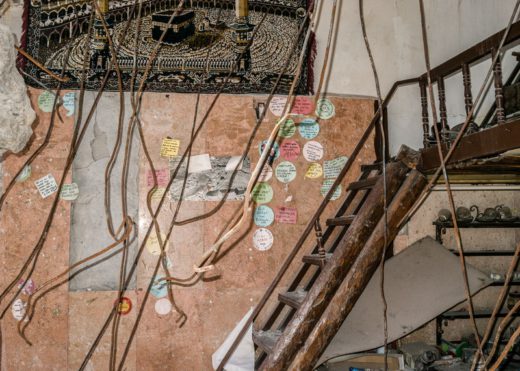
Forced Out
“The police made the announcement from the main street, they said that for our own safety we should leave our houses…”
As violence flared in Sur, round-the-clock curfews started coming into effect from September 2015. With them came cuts to water and electricity, children were unable to go to school and, because families could not leave to get fresh food, some say they had to live for days sharing tiny rations of stale bread.
All the while armed clashes continued around them. Some families told Amnesty International that bullets pierced the exterior walls of their homes and they could not sleep for the sound of explosions. One family said their home was partly destroyed by a shell while they were still inside.
By December, most families Amnesty International spoke to were leaving their homes.
…bullets came into the house. We could hear explosions and guns. We feared for our lives.
A.C.
We lost everything from 45 years of marriage.
S.A. and M.A.
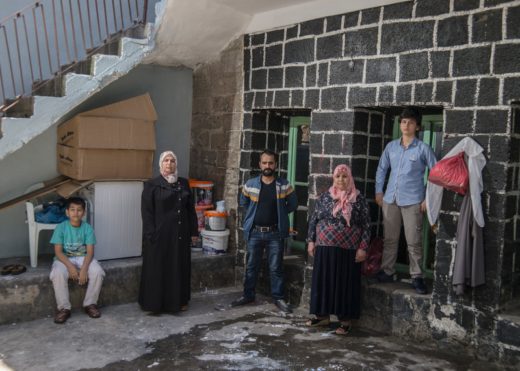
Destruction and looting
Those families who were able to return to their homes in June, once some curfews were lifted, found devastation. Homes had been ransacked, possessions burnt and destroyed, expensive and sentimental items looted.
Some families told Amnesty International they accepted compensation worth thousands of Euros less than the value of their possessions, because they had been told they would otherwise receive nothing.
…how can you show receipts when everything was burned?
O.Z.

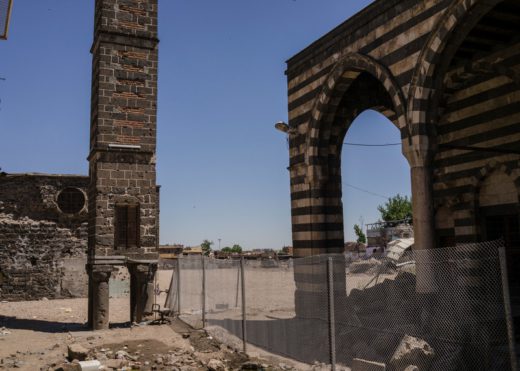
The right to return
Forcibly displaced families have a right to return. A year on, around 24,000 residents whose homes were under curfew have still not been able to do so.
Despite military operations ending in March 2016, part of Sur remains under curfew and residents are not allowed in. Some houses have been so badly ransacked or damaged that they are now uninhabitable.
Furthermore, some houses have been demolished by the authorities without the residents even being consulted, or shown any damage assessment to justify doing so.
We still don’t know what will happen with the house… [the authorities] don’t know if it will be part of the [development] project…
I.A.
All this coincides with a regeneration project planned by the authorities since 2012. There are now fears that in bringing about this regeneration following the clashes, residents will not be able to return to their homes.
The kitchen was completely destroyed… All the furniture was broken… I went to the [Governor’s] office…they don’t make any offer.
H.Y.

The current process across the region as a whole is suggestive of a premeditated plan to displace residents, and destroy and rebuild the areas to ensure security through changes in infrastructure and transfers of population.
There is an urgent need for the authorities to adopt a concrete plan for the displaced residents of Sur, and for all the hundreds of thousands of people displaced from curfew areas across the region. Such a plan must be developed in full consultation with affected residents, and must be developed quickly.
The State must enable internally displaced persons to return to their homes – or, failing that, to the places of their habitual residence – in safety and dignity.
Read the report with full recommendations to the Turkish authorities here.

